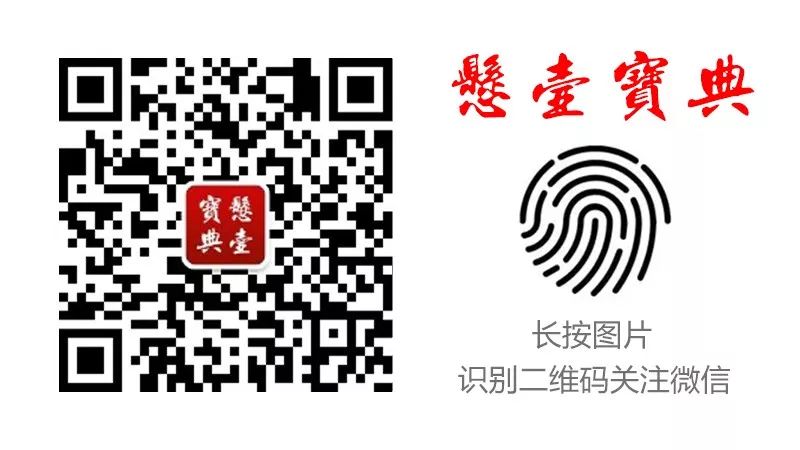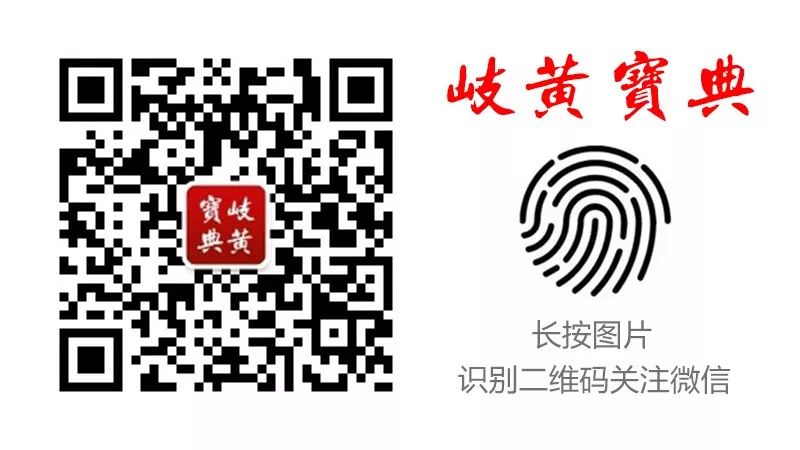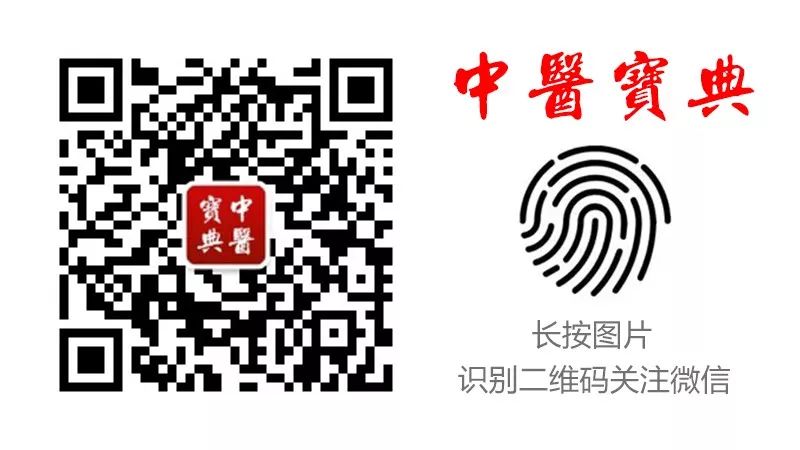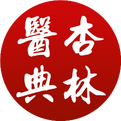

Comprehensive TCM Literature >>>【TCM Treasure】Mobile Application: Free Download + Free Use
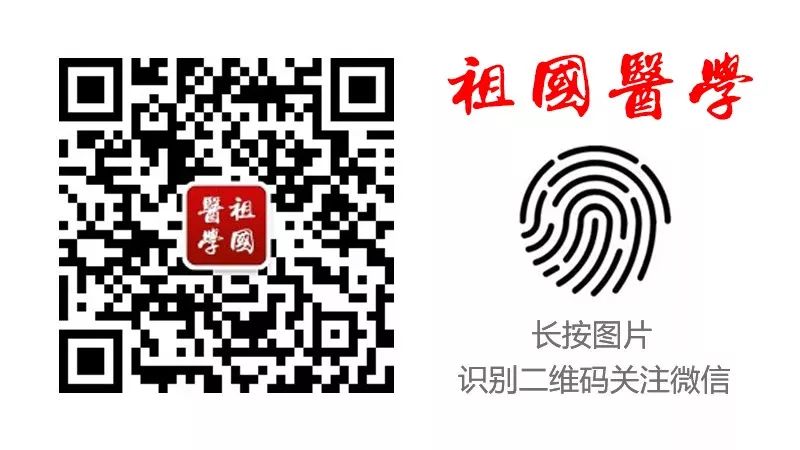
The network of collaterals (络脉, luò mài) consists of small branches that diverge from the main meridians and spread throughout the body. The term “络” means network. According to the “Lingshu: Pulse Measurement” (灵枢.脉度): “The main meridians are deep, while the branches that run horizontally from the meridians are called collaterals.” This indicates that the main meridians are located deeper, while the branches that extend from them are positioned more superficially. The network of collaterals primarily consists of fifteen collaterals, including the sun collaterals (孙络, sūn luò), blood collaterals (血络, xuè luò), and floating collaterals (浮络, fú luò), which communicate with the meridians, facilitate the flow of qi and blood, and reflect and treat diseases.
Classification of Collaterals
The branches of the meridians in the human body crisscross and form a network throughout. They include three types: branch collaterals (别络, bié luò), floating collaterals (浮络, fú luò), and sun collaterals (孙络, sūn luò).
Fifteen Collaterals
The branch collaterals are larger branches, totaling fifteen, which are formed by the three yin and three yang meridians of the hands and feet branching out at the wrist and ankle joints, along with the collaterals of the Ren Meridian (任脉, rèn mài), Du Meridian (督脉, dū mài), and the large collateral of the Spleen (脾, pí). Therefore, they are also called the fifteen branch collaterals or fifteen collaterals.
The collaterals that branch from the twelve meridians, as well as those from the Ren Meridian, Du Meridian, and the large collateral of the Spleen, are all named after their respective collateral points (络穴, luò xué). Specifically:
The Taiyin Hand Collateral (手太阴络脉, shǒu tàiyīn luò mài) is called Lieque (列缺); the Taiyin Foot Collateral (足太阴络脉, zú tàiyīn luò mài) is called Gongsun (公孙);
The Shaoyin Hand Collateral (手少阴络脉, shǒu shàoyīn luò mài) is called Tongli (通里); the Shaoyin Foot Collateral (足少阴络脉, zú shàoyīn luò mài) is called Dazhong (大钟);
The Jueyin Hand Collateral (手厥阴络脉, shǒu juéyīn luò mài) is called Neiguan (内关); the Jueyin Foot Collateral (足厥阴络脉, zú juéyīn luò mài) is called Ligou (蠡沟);
The Taiyang Hand Collateral (手太阳络脉, shǒu tàiyáng luò mài) is called Zhi Zheng (支正); the Taiyang Foot Collateral (足太阳络脉, zú tàiyáng luò mài) is called Feiyang (飞扬);
The Yangming Hand Collateral (手阳明络脉, shǒu yángmíng luò mài) is called Pianli (偏历); the Yangming Foot Collateral (足阳明络脉, zú yángmíng luò mài) is called Fenglong (丰隆);
The Shaoyang Hand Collateral (手少阳络脉, shǒu shàoyáng luò mài) is called Waiguan (外关); the Shaoyang Foot Collateral (足少阳络脉, zú shàoyáng luò mài) is called Guangming (光明).
The collateral of the Ren Meridian is called Jiutai (鸠尾), the collateral of the Du Meridian is called Changqiang (长强),
and the large collateral of the Spleen is called Da Bao (大包).
The distribution of the fifteen collaterals follows a pattern:
The collaterals from the twelve meridians branch out from their respective collateral points and run towards the corresponding meridians, meaning that the yin collaterals branch towards the yang meridians, and the yang collaterals branch towards the yin meridians.
The branch collaterals of the Ren Meridian spread in the abdominal area and descend;
the branch collaterals of the Du Meridian spread in the lumbar and back area and ascend;
the large collateral of the Spleen spreads laterally in the rib area.
The fifteen collaterals serve to connect the superficial and deep meridians, govern the floating and sun collaterals, and nourish the entire body by facilitating the flow of qi and blood.
Floating Collaterals
The floating collaterals are branches of the collaterals that run superficially. Those that run superficially throughout the body are referred to as “floating collaterals”. They are distributed on the surface of the skin. Their main function is to transport qi and blood to nourish the entire body.
Sun Collaterals
The smallest branches that diverge from the branch collaterals are called “sun collaterals”. Their function is similar to that of the floating collaterals, which is to transport qi and blood to nourish the entire body.
Comprehensive TCM Literature >>>【TCM Treasure】Mobile Application: Free Download + Free Use
【TCM Treasure App】Over 700 TCM ancient and modern books available for online/offline reading
Follow the 【TCM Treasure】 series of WeChat public accounts >>>
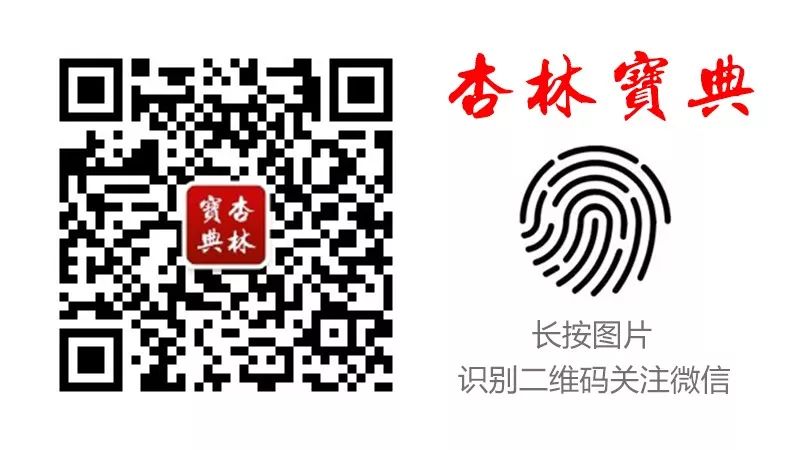
Click the upper right corner  Share with friends, let more people see it!
Share with friends, let more people see it!
★ The above content is for reference only. If you have any physical discomfort, please seek medical attention at a regular hospital.★
-
Qigong
-
Herbal Tea
-
Hand Diagnosis Therapy
-
Fire Therapy
-
Tui Na
-
Chinese Herbal Medicine
-
Gua Sha
-
Moxibustion
-
Theory of Pathogenesis
-
Extraordinary Fu Organs
-
Relationship Between Zang and Fu Organs
-
Introduction to TCM Basic Theory
-
Taiji
-
Medicinal Wine
-
Acupuncture
-
Herbal Thread Moxibustion
-
Spleen
-
Lung
-
Six Fu Organs
-
Phlegm and Fluid
-
Stasis Blood
-
Central Nervous System
-
Yang Qiao Meridian
-
Yang Wei Meridian
-
Opening the Orifices and Unblocking the Passages Method
-
Exterior and Interior Resolution Method
-
Warming the Interior and Returning Yang Method
-
Clearing Heat and Draining Fire Method
-
Calming the Spirit Method
-
Pacifying Internal Wind Method
-
Kidney
-
Liver
-
Regulating Qi Method
-
Regulating Blood Method
-
Resolving Phlegm Method
-
Expelling Parasites Method
-
Consolidating and Astringing Method
-
Tonifying Method
-
Treating Abscesses Method
-
Resolving Accumulation Method
-
Releasing the Exterior Method
-
Inducing Vomiting Method
-
Purging Method
-
Harmonizing Method
-
Expelling Wind Method
-
Expelling Summer Heat Method
-
Expelling Dampness Method
-
Moistening Dryness Method
-
Qi
-
Essence, Blood
-
Body Fluids
-
Pathogenic Qi
-
Abnormal Qi
-
Interrelationship of Qi, Blood, and Body Fluids
-
Relationship Between Essence, Qi, Blood, and Body Fluids
-
Heart
-
Excess and Deficiency of Pathogenic Factors
-
Internal Injury from Seven Emotions
-
Excessive Work and Rest
-
Improper Diet
-
Eight Principles of Differentiation
-
Pulse Diagnosis Theory
-
Principles of Prevention and Treatment
-
Pathogenesis Mechanism
-
Origins of TCM Culture – I Ching
-
Origins of TCM Culture – Taoism
-
Origins of TCM Culture – Confucianism.
-
Holistic Theory of TCM.
-
Worldview of TCM
-
Yin-Yang Imbalance.
-
Pathological Mechanism
-
External Pathogenic Six Excesses
-
Five Elements Theory in TCM
-
Zang-Xiang Theory in TCM
-
Meridian Theory in TCM
-
Time and Meridian Theory in TCM
-
Circulation Patterns of the Twelve Meridians
-
Naming Principles of the Twelve Meridians
-
Yin-Yang Theory in TCM
-
Concept of Disease in TCM
-
Correspondence of the Twelve Time Periods to Zang and Fu Organs
-
Five Elements Classification Table in TCM
-
Meridians and Time
-
Diagram of the Fourteen Meridians【Complete Meridian Acupoint Diagram】
-
Basic Theory of TCM (Essence Version)
-
Sequence of Zhang Zhongjing’s Six Meridians Differentiation: Taiyang → Yangming → Shaoyang → Taiyin → Shaoyin → Jueyin
-
What to Eat for Enhancing Yang in the Emperor?
-
Origins of TCM





























 .
.
Purchase Physical TCM Textbooks:
-
Online Purchase of TCM Textbooks【Part One】
-
Online Purchase of TCM Textbooks【Part Two】
-
Online Purchase of Acupuncture-Related Textbooks【Part Three】
-
Online Purchase of Tui Na-Related Textbooks【Part Four】

